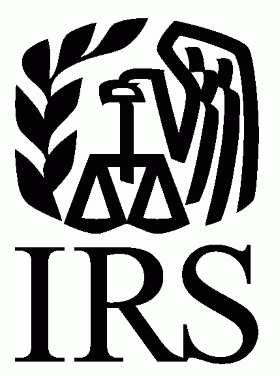Does your nonprofit organization and its donors understand the IRS requirements surrounding charitable donations?
A nonprofit organization that does not understand the details of the IRS requirements, is not able to effectively communicate to donors, or provide donors with accurate and appropriate documentation, can risk alienating donors. In addition, an organization could potentially miss an opportunity to increase donor giving levels and on the flip side, could be exposed to monetary penalties.
To promote charitable giving, the IRS allows for tax deductions for contributions of cash or other monetary and non-monetary gifts as long as certain recordkeeping requirements are met.
Folks can generally only deduct charitable donations to qualified organizations, such as places of worship and nonprofit organizations/hospitals (i.e., Colleges, United Way, Girl Scouts). If you're not sure that the organization you plan on making a donation to qualifies, ask them, or you can check the following website: (www.irs.gov/Charities-&-Non-Profits/Exempt-Organizations-Select-Check). Keep in mind that you cannot obtain a charitable donation deduction for contributions to individuals, or for the value of your time or services provided to an organization.
Once you've determined that the organization is qualified, you need to make sure that you're going to obtain a tax benefit by making the donation. If you don't itemize your deductions (file a Schedule A), you will not have the ability to deduct the amount donated. Also, you cannot (generally) deduct charitable contributions that exceed 50% of your Adjusted Gross Income ("A.G.I."). Finally, if you’re A.G.I. is above a certain threshold (in 2016, $311,300 if you file jointly, $259,400 if you file as a single taxpayer), your total charitable contributions, as well as your other itemized deductions (i.e., real estate taxes, mortgage interest) may be limited.
Let’s take a look:
Monetary gifts (cash, checks, payroll deductions, stock gifts, etc.)
To validate a deduction taken for a charitable contribution of any amount, the taxpayer (the one claiming the deduction on their tax return) must have:
- A bank record or a written communication from the charity displaying the name of the organization
- The amount of the contribution and,
- The date of the contribution.
Often, such contributions are made through payroll deductions to or facilitated by organizations such as the United Way. In these instances, the taxpayer must maintain a pay stub or Form W-2. The taxpayer may also furnish another employer-generated document that details the amount(s) withheld for payment to the charitable organization, along with a pledge card filled in by or at the direction of the donee charitable organization. These basic documentation rules apply to all gifts unless a gift individually exceeds $250.
Read more from Chris Valponi
Additional requirements for gifts of $250 or more state that the taxpayer must obtain:
- A written acknowledgement of the contribution from the donee organization that stipulates the amount of cash and a description of any property other than cash contributed
- The taxpayer must obtain a statement whether the organization provided any goods or services in consideration for the contribution
- A description and good faith estimate of the value of any goods or services provided in consideration for the contribution
Keep in mind that for payroll deductions, the IRS states that the contribution amount withheld from each paycheck to a taxpayer is treated as a separate contribution for purposes of applying the $250 threshold. To illustrate, 15 payroll deductions of $20 each, totaling $300 over the course of the year would not be considered to meet the additional requirements threshold of $250.













